10 Best Herbal Creams For Open Pores
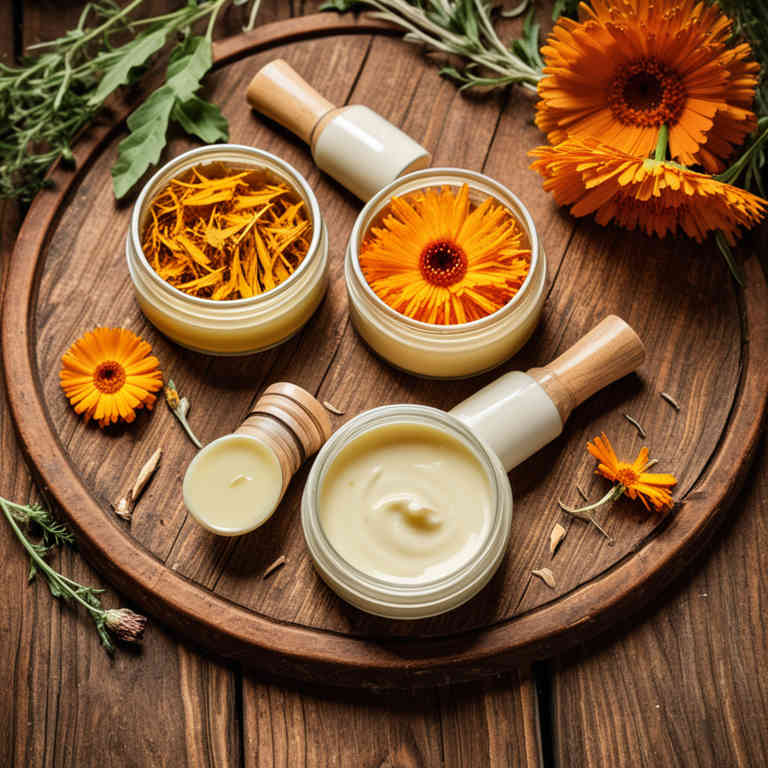
Herbal creams for open pores are formulated with natural ingredients such as aloe vera, green tea, and licorice root, which are known for their soothing and skin-nourishing properties.
These creams work by gently exfoliating the skin, reducing excess oil production, and tightening the appearance of pores, leading to a smoother complexion. They are often preferred over chemical-laden products because they are less likely to cause irritation or dryness. Many herbal creams also contain antioxidants that help protect the skin from environmental damage and promote a more radiant appearance.
Overall, they offer a gentle and effective approach to managing open pores while supporting overall skin health.
FREE Herb Drying Checklist
How to make sure every batch retains maximum flavor, color, and aroma without the risk of mold or over-drying. Eliminate guesswork and trial-and-error, making herb drying faster, easier, and more efficient every time.
Table of Contents
1. Centella asiatica
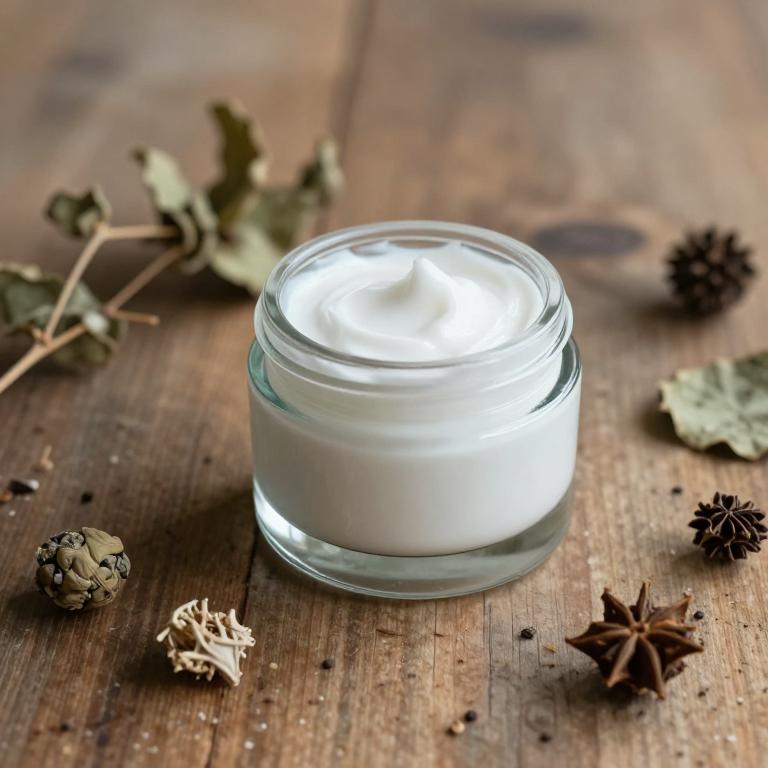
Centella asiatica, also known as gotu kola, is a traditional herb widely used in herbal creams for its skin-repairing properties.
These creams are formulated to address open pores by improving skin texture and strengthening the skin’s barrier function. The active compounds in Centella asiatica, such as asiatic acid and madecassol, help in reducing inflammation and promoting collagen production. Regular use of Centella asiatica herbal creams can lead to a more even skin tone and a reduction in the appearance of pores over time.
This natural remedy is particularly beneficial for those with sensitive or acne-prone skin seeking gentle yet effective pore-refining solutions.
2. Aloe barbadensis
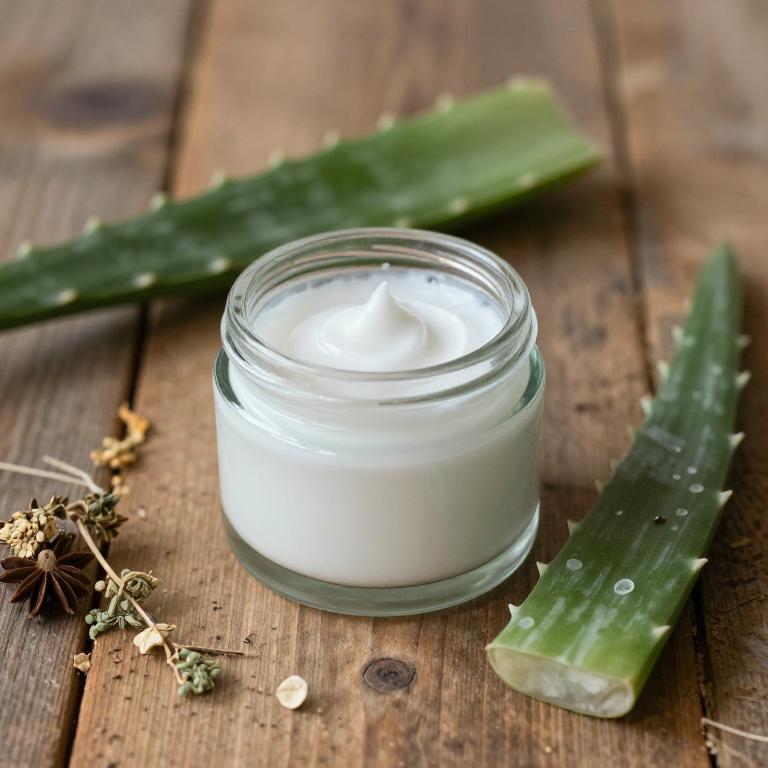
Aloe barbadensis, commonly known as aloe vera, is a natural ingredient widely used in herbal creams for its soothing and healing properties.
These creams are particularly beneficial for open pores, as aloe vera helps to deeply moisturize and strengthen the skin's barrier, reducing the appearance of enlarged pores. The anti-inflammatory and antimicrobial properties of aloe vera can also help to prevent acne and other skin irritations that may contribute to pore visibility. Regular use of aloe-based creams can improve skin texture and promote a more even complexion.
Overall, aloe barbadensis herbal creams offer a gentle and effective solution for those looking to address open pores and enhance their skin's overall health.
3. Rosa canina
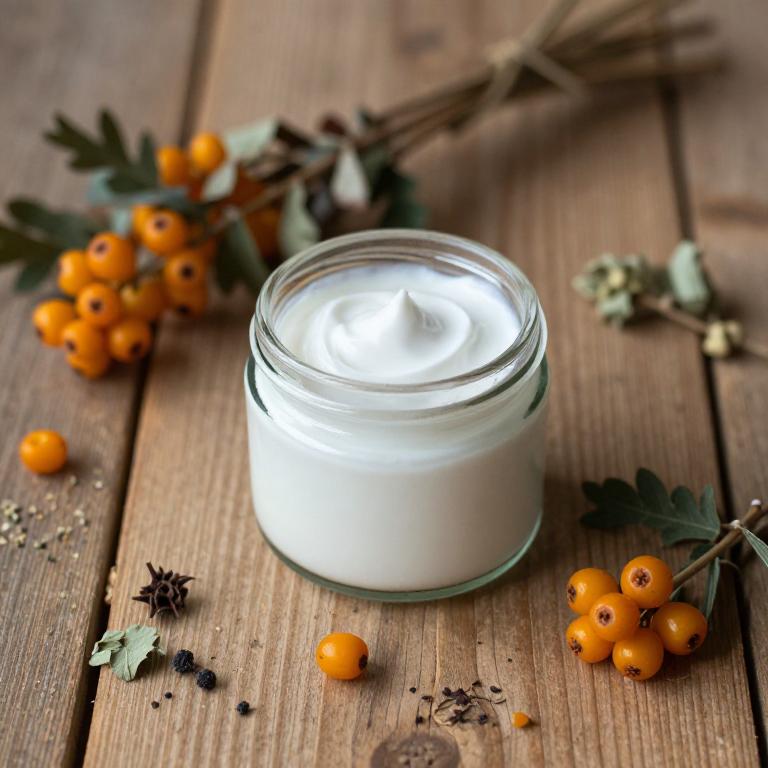
Rosa canina, also known as dog rose, is a natural ingredient commonly used in herbal creams for its soothing and nourishing properties.
These creams are particularly beneficial for individuals with open pores, as they help to tighten and refine the skin's surface. The anti-inflammatory and antioxidant properties of Rosa canina can help reduce redness and irritation, promoting a more even skin tone. Regular use of Rosa canina herbal creams may enhance skin elasticity and improve overall texture, leading to a more youthful appearance.
Additionally, these creams are often formulated with other natural ingredients that work synergistically to support skin health and clarity.
4. Matricaria chamomilla
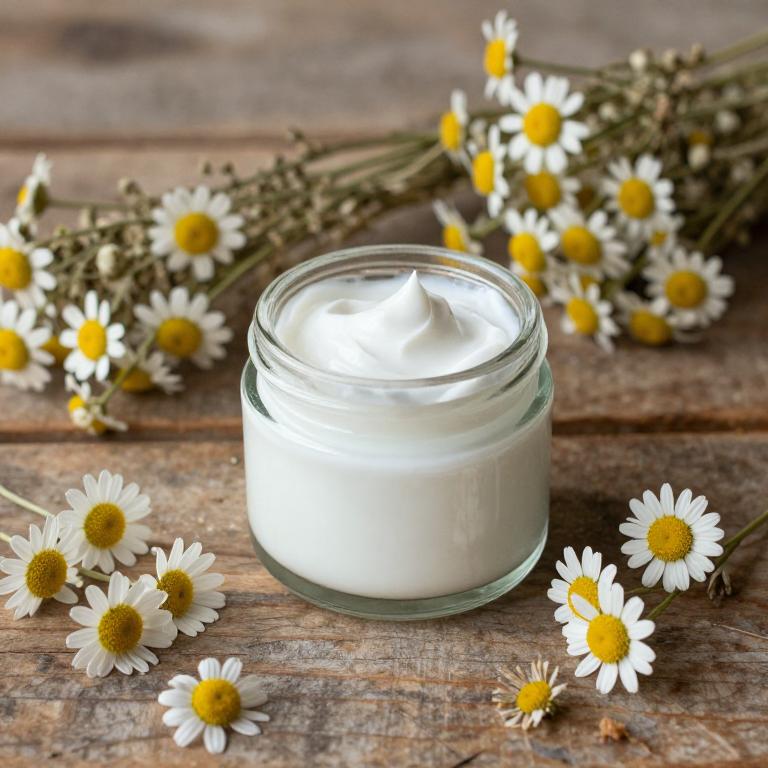
Matricaria chamomilla, commonly known as chamomile, is a popular herbal ingredient used in the formulation of creams aimed at addressing open pores.
These creams often leverage chamomile’s anti-inflammatory and antioxidant properties to help reduce redness and irritation around the skin’s surface. The soothing effects of chamomile can help balance oily skin, which is often associated with the appearance of enlarged pores. By calming the skin and regulating sebum production, chamomile-based creams may contribute to a more even skin texture and a reduction in the visibility of open pores over time.
Overall, these herbal creams offer a natural and gentle approach to improving skin clarity and minimizing the look of pores.
5. Hypericum perforatum
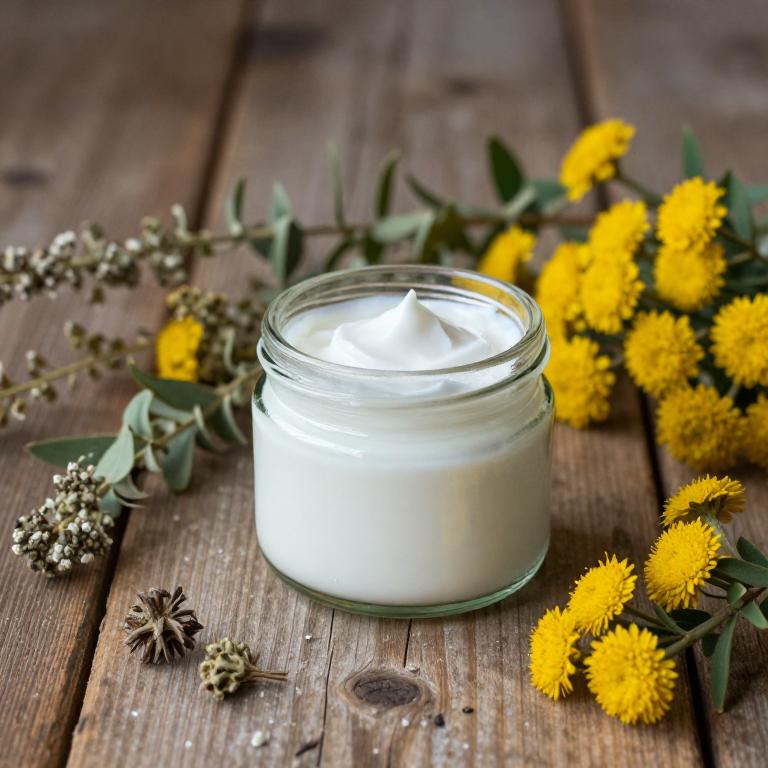
Hypericum perforatum, commonly known as St. John's Wort, is a herb that has been traditionally used for its potential skin-healing properties.
When formulated into a cream, it may help in reducing the appearance of open pores by promoting skin regeneration and enhancing the skin's barrier function. The active compounds in hypericum perforatum, such as hypericin and flavonoids, are believed to have anti-inflammatory and antioxidant effects that support skin health. However, it is important to note that while some studies suggest its benefits, more research is needed to confirm its effectiveness for this specific use.
As with any topical treatment, individuals should consult a dermatologist before incorporating hypericum perforatum cream into their skincare routine, especially if they have sensitive skin or are using other medications.
6. Zingiber officinale
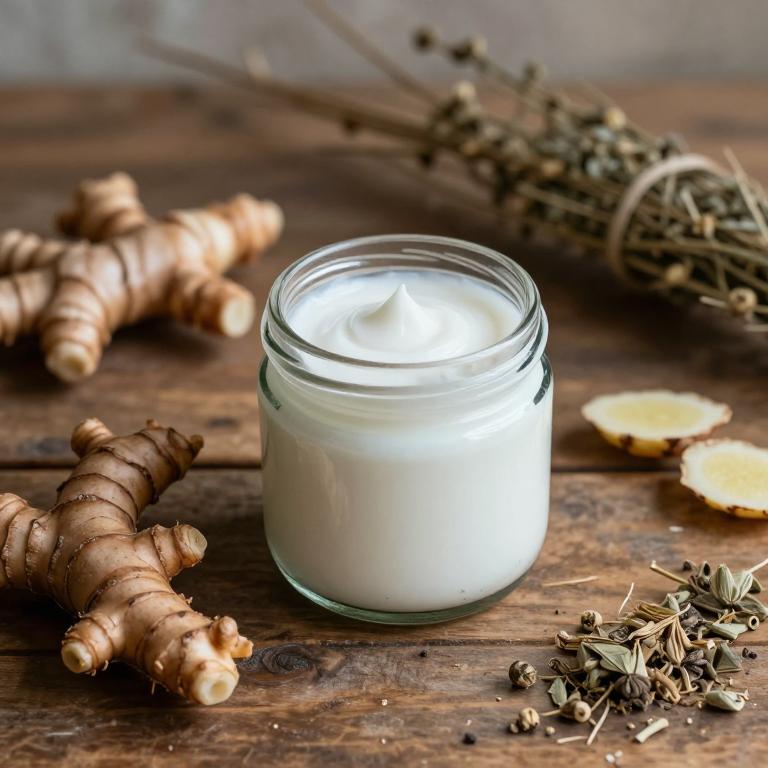
Zingiber officinale, commonly known as ginger, is a potent herbal ingredient that has been used for centuries in traditional medicine for its anti-inflammatory and antioxidant properties.
When incorporated into herbal creams, zingiber officinale can help reduce the appearance of open pores by promoting skin renewal and improving skin texture. These creams work by enhancing circulation and regulating sebum production, which can prevent pores from becoming enlarged or clogged. The warming effect of ginger also helps to soothe the skin and reduce redness, making it beneficial for those with acne-prone or sensitive skin.
Overall, zingiber officinale herbal creams offer a natural and effective solution for maintaining a smooth, even complexion with minimized pore visibility.
7. Lavandula angustifolia
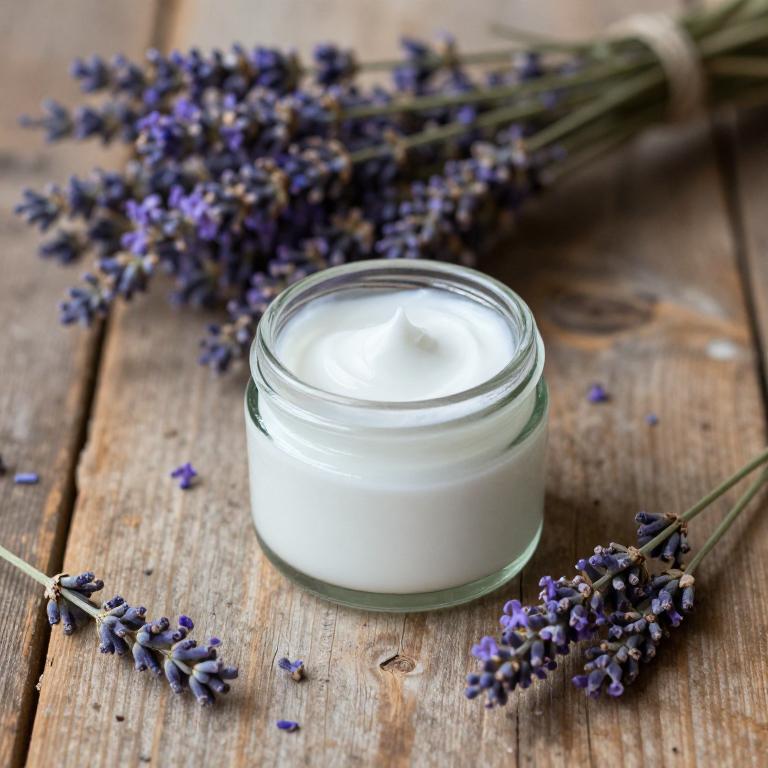
Lavandula angustifolia, commonly known as English lavender, is often incorporated into herbal creams designed to address the appearance of open pores.
These creams typically contain lavender essential oil and other botanical extracts that are known for their soothing and anti-inflammatory properties. The natural compounds in lavender help to regulate sebum production, which can reduce the visibility of pores over time. Regular use of lavender-based creams may improve skin texture and promote a more refined, even complexion.
As a result, these herbal creams are popular among those seeking natural, gentle solutions for skin concerns related to pore appearance.
8. Salvia officinalis
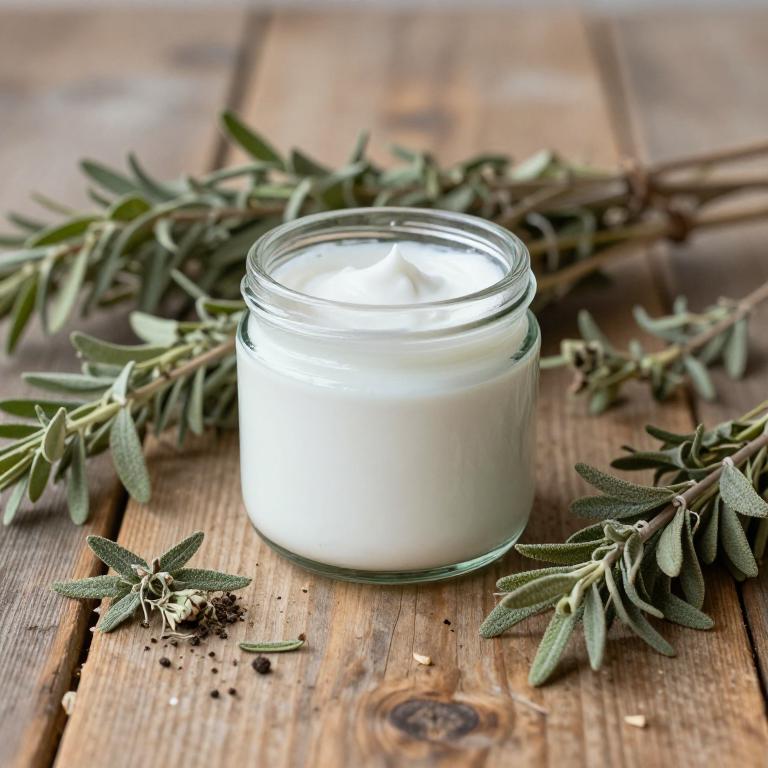
Salvia officinalis, commonly known as sage, is often incorporated into herbal creams designed to address the appearance of open pores.
These creams typically leverage sage's astringent properties, which can help tighten the skin and reduce the visibility of pores. Rich in antioxidants and anti-inflammatory compounds, sage-based formulations may promote skin rejuvenation and improve overall skin texture. When applied topically, these creams can offer a soothing effect while supporting a more refined skin surface.
However, it is important to patch test and consult a dermatologist, especially for those with sensitive skin, to ensure safe and effective use.
9. Urtica dioica
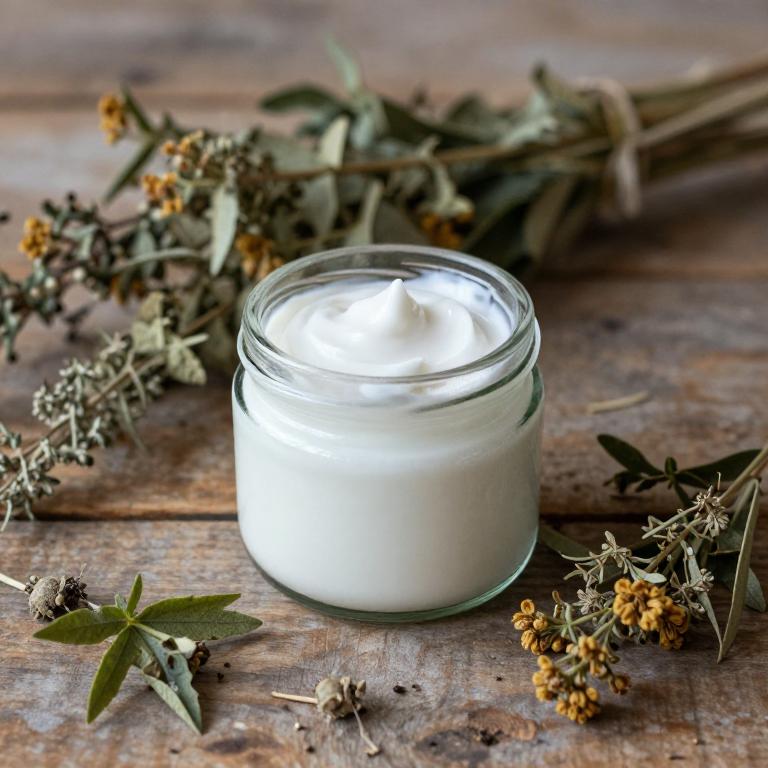
Urtica dioica, commonly known as stinging nettle, is a plant that has been traditionally used in herbal medicine for its potential skin benefits.
Urtica dioica herbal creams are formulated with extracts from this plant, which are believed to have anti-inflammatory and astringent properties. These creams are often recommended for individuals with open pores, as they may help tighten the skin and reduce the appearance of pores over time. The active compounds in stinging nettle, such as silica and antioxidants, are thought to support skin health and improve texture.
However, it is important to consult with a dermatologist before using these creams, especially for those with sensitive skin or existing skin conditions.
10. Cnicus benedictus
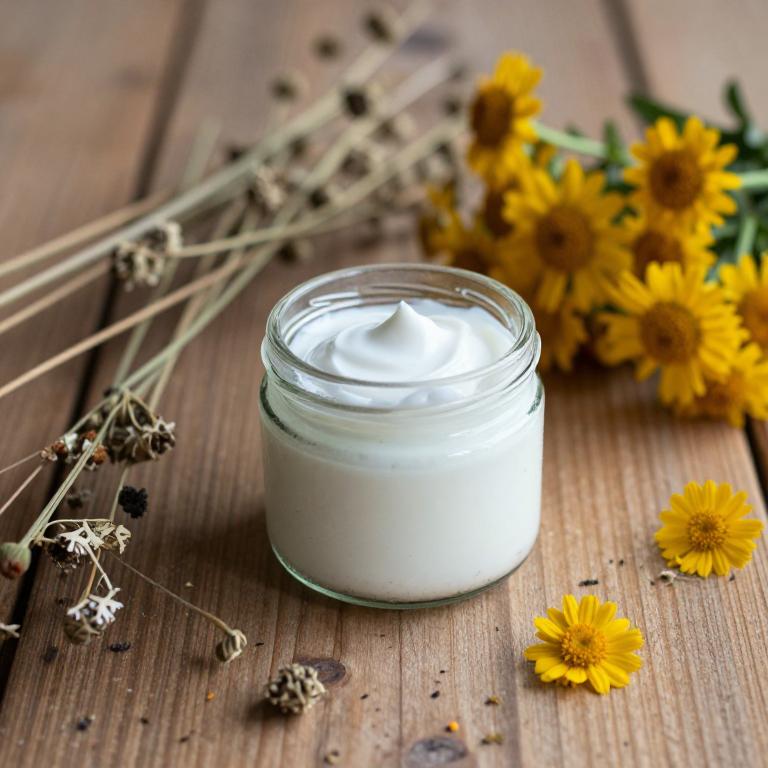
Cnicus benedictus, commonly known as blessed thorn, is a traditional herbal remedy that has been used for centuries to address skin concerns, including the appearance of open pores.
When formulated into a herbal cream, Cnicus benedictus is believed to help tighten the skin's surface and reduce the visibility of pores due to its astringent and anti-inflammatory properties. The active compounds in the plant, such as flavonoids and tannins, may help regulate sebum production and enhance skin elasticity. This natural cream is often recommended for individuals with oily or acne-prone skin who seek a gentle yet effective solution for pore refinement.
Regular use of Cnicus benedictus herbal cream may contribute to a smoother, more even skin texture over time.